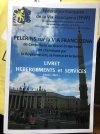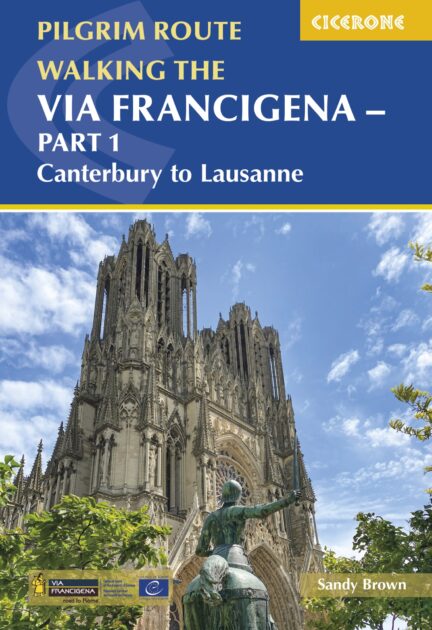I can't help with camping info but as no-one else has replied yet, I'll weigh-in regarding food supplies.
Most of us seem to take a DIY approach to making our way across France...I certainly did & thoroughly enjoyed doing so.
There is/was much conjecture about the 'official' path so I suggest you first decide how closely you want to stick to that...& whose version of it! There are no historical records of Sigeric's exact route, only his nightly stops so actually getting from Point A to Point B is not as defined as with other walks/Caminos.
I walked in 2019; signage was light on the ground. I used Alison Raju's guidebooks (regular readers of my posts know how I feel about them...

) taking it only as a suggestion...actually I took it as a challenge to find a 'better' IMHO route.
I tailored My Way to my needs; accom, food, daily distances, terrain & weather.
I tend not to regularly eat in restaurants preferring self-catering so grocers, supermarkets, markets dictated my path second only to accom availability.
Even though I tailored my route, planning ahead was still required for food & I recall having to carry 2 days worth for several sections.
Planning to be in towns or villages with a store still did not guarantee being able to replenish. Opening hours/days were often not convenient on to which 'special' days & the whims of store owners also played a part.
In short, research & plan ahead but still carry a stash of food just in case. In 2019 (pre-pandemic) it was possible to access an almost daily resupply but a lot will depend on your individual decisions & choices...daily walking distances a big factor.
Best wishes...I hope you get some replies more helpful than mine!























